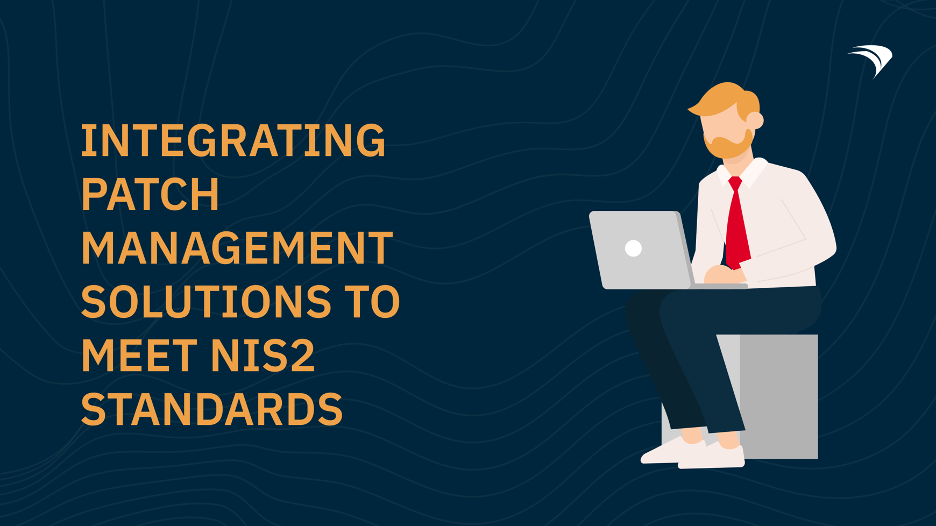Introduction
In the rapidly evolving landscape of technology, organizations face challenges in managing large-scale IT deployments efficiently. Traditional user-centric Unified Endpoint Management (UEM) approaches often struggle to accommodate the diverse and multifaceted needs of modern enterprises. This is where a machine-centric or asset-centric UEM approach comes into play, particularly when executed by experts like FileWave.
Understanding Machine-centric UEM
Machine-centric UEM emphasizes the management of devices and assets over merely focusing on the users interacting with them. This strategy empowers IT departments to exert comprehensive control over both hardware and software environments within their organizations. By prioritizing the machines themselves—desktops, laptops, and mobile devices—businesses gain the agility needed to optimize large-scale IT management, ensuring that every endpoint is configured and updated as needed.
The Advantages of Machine-centric Over User-centric UEM
Despite the prevalence of user-centric UEM solutions, which focus on the individual user’s experience and preferences, complications often arise in deployment strategies and device management when scaling:
- Efficiency in Updates: Machine-centric UEM facilitates quicker software updates and patches’ deployment, ensuring all endpoints remain compliant and secure without depending on user actions.
- Resource Allocation: IT resources can be allocated based on the machine’s specifications rather than user-specific preferences that vary widely across an organization.
- Consistency Across Devices: Adopting a machine-centric model guarantees that all devices receive uniform configurations and applications, minimizing discrepancies and potential support issues.
- Scalability: Organizations can seamlessly enhance IT operations, as management processes are built around devices, simplifying the integration of new IT assets.
Deploying a Machine-centric UEM Strategy
Effective management of large-scale IT projects necessitates careful planning and execution when adopting machine-centric UEM. Here are critical strategies to consider:
- Inventory Management: Initiate with a comprehensive inventory of all devices and configurations. This step provides a robust foundation for subsequent management initiatives.
- Automated Deployment Processes: Leverage automated solutions (like those offered by FileWave) for software distribution, updates, and patch management, thereby minimizing the IT workload.
- Self-healing Technology: Implement self-healing mechanisms to automatically rectify discrepancies in device configurations, leading to reduced downtime.
- Monitoring and Reporting: Establish strong monitoring systems that deliver real-time insights into device performance and security, enabling informed management decisions.
Real-world Examples of Machine-centric UEM
FileWave has effectively partnered with organizations globally to implement machine-centric UEM strategies. For example, a large educational institution aimed to manage thousands of devices efficiently. By utilizing FileWave’s solutions, they achieved:
- Seamless distribution of software updates across all devices, irrespective of their operating systems.
- Near-instantaneous deployment of applications necessary for new classes and curricula.
- A significant reduction in the manual intervention required from IT staff, allowing them to concentrate on more strategic initiatives.
Conclusion
As organizations continue to scale, the need for efficient and effective large-scale IT management becomes increasingly evident. By embracing a machine-centric UEM approach, enterprises can enhance their deployment strategies and streamline operations while drastically improving device management. If you’re prepared to empower your organization with reliable and efficient IT management solutions, consider partnering with FileWave to elevate your deployment strategy to the next level.
For further information on how FileWave can assist in achieving optimal IT management through machine-centric UEM, please visit our website or contact us for a personalized consultation.





